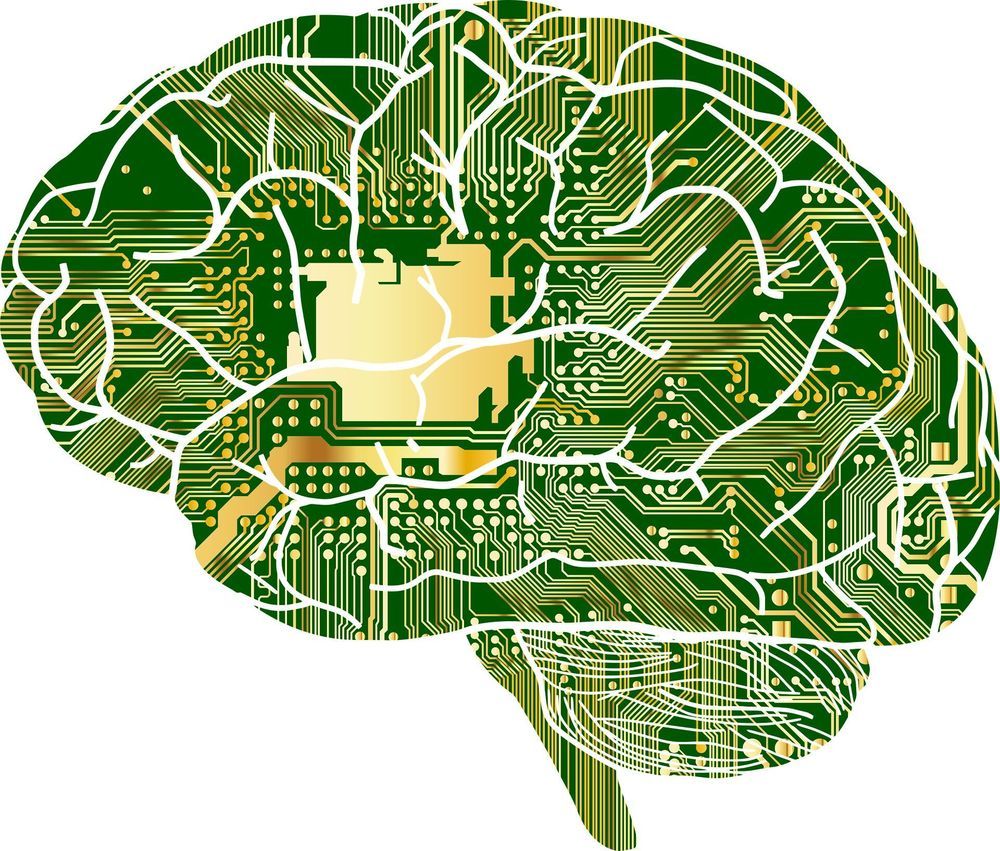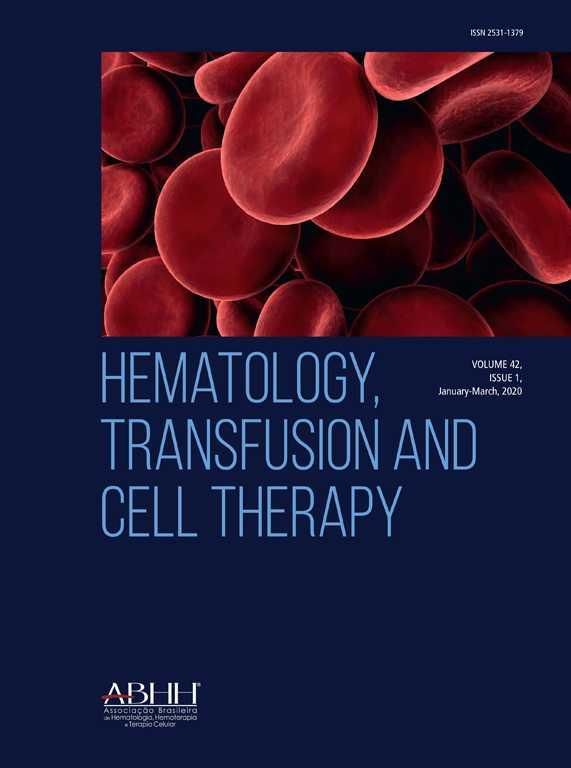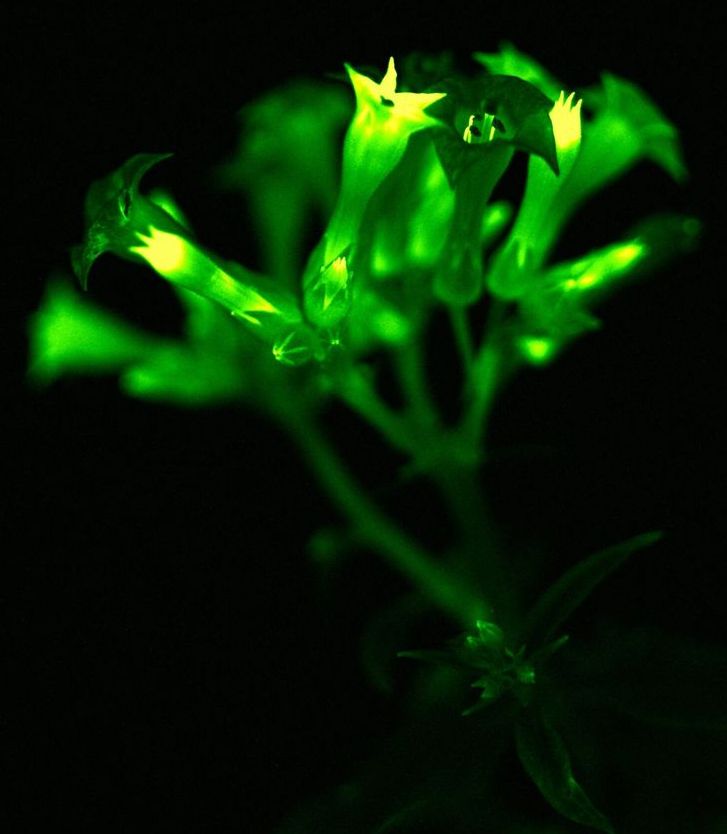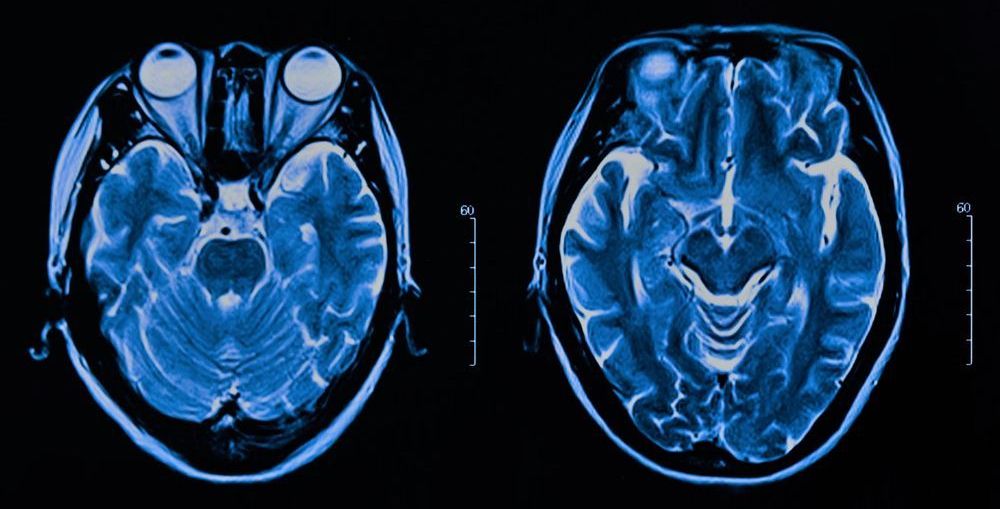
Get the latest international news and world events from around the world.


Electrical devices implanted in the brain may help treat anorexia
Some women with severe anorexia have returned to a healthy weight and feel less anxious and depressed after having electrical devices implanted into their brains, according to a small study. But more research is needed before the treatment can be recommended for wider use.

Microsoft boasts 99 percent accuracy in AI bug detection
Software bugs have been a concern for programmers for nearly 75 years since the day programmer Grace Murray Hopper reported the cause of an error in an early Harvard Mark II computer: a moth stuck between relay contacts. Thus the term “bug” was born.
Bugs range from slight computer hiccups to catastrophes. In the Eighties, at least five patients died after a Therac-25 radiation therapy device malfunctioned due to an error by an inexperienced programmer. In 1962, NASA mission control destroyed the Mariner I space probe as it diverted from its intended path over the Atlantic Ocean; incorrectly transcribed handwritten code was blamed. In 1982, a software bug later alleged to have been implanted into the Soviet trans-Siberian gas pipeline by the CIA triggered one of the largest non–nuclear explosions in history.
According to data management firm Coralogix, programmers produce 70 bugs per 1,000 lines of code, with each bug solution demanding 30 times more hours than it took to write the code in the first place. The firm estimates the United States spends $113 billion a year identifying and remediating bugs.

Tesla says cars can automatically stop for traffic lights
After testing on public roads, Tesla is rolling out a new feature of its partially automated driving system designed to spot stop signs and traffic signals.
The update of the electric car company’s cruise control and auto-steer systems is a step toward CEO Elon Musk’s pledge to convert cars to fully self-driving vehicles later this year.
But it also runs contrary to recommendations from the U.S. National Transportation Safety Board that include limiting where Tesla’s Autopilot driving system can operate because it has failed to spot and react to hazards in at least three fatal crashes.

Hemoglobin value may be decreased in patients with severe coronavirus disease 2019
The recent infective outbreak caused by the severe acute respiratory syndrome coronavirus 2 (SARS-CoV-2), now officially defined as coronavirus disease 2019 (COVID-19), has already affected over 1million people from nearly all countries worldwide, causing approximately 66,000 deaths. 1 The clinical characteristics of this pandemic disease may be complicated by the onset of a severe form of intestinal pneumonia in 10–15% of infected patients, which may then progress toward acute respiratory distress syndrome (ARDS) and eventually in multi-organ failure (MOF) and death. 2 Since laboratory hematology is a mainstay for screening, diagnosis, but also for prognostication and therapeutic monitoring of a kaleidoscope of human disorders, 3 the aim of this article was to investigate whether or not hemoglobin values may be a predictive factor of worse clinical progression in patients with COVID-19.
We performed an electronic search in Medline, Web of Science and Scopus, using the keywords “laboratory” OR “hemoglobin” AND “coronavirus 2019” OR “2019-nCoV” OR “SARS-CoV-2”, between 2019 and the present time (i.e., March 4, 2020), with no language restriction. The title, abstract and full text of documents identified according to these search criteria were analyzed and those reporting information on the hemoglobin values in COVID-19 patients with or without severe disease (i.e., those needing mechanical ventilation, intensive care unit (ICU) admission or those who died), were meta-analyzed. The reference list of all documents was examined to identify additional eligible studies. The final meta-analysis entailed the estimation of the weighted mean difference (WMD) and 95% confidence interval (95% CI) of hemoglobin values between subjects with or without severe disease. The statistical analysis was performed with the MetaXL software, Version 5.3 (EpiGear International Pty Ltd.

Sustainable light achieved in living plants
The movie Avatar evoked an imaginary world of lush bioluminescent jungles. Now the popular fascination for sustainably glowing foliage is being realized through advances in designer genetics. This week in Nature Biotechnology, scientists have announced the feasibility of creating plants that produce their own visible luminescence.
The scientists revealed that bioluminescence found in some mushrooms is metabolically similar to the natural processes common among plants. By inserting DNA obtained from the mushroom, the scientists were able to create plants that glow much brighter than previously possible.
This biological light can be used by scientists for observing the inner workings of plants. In contrast to other commonly used forms of bioluminescence, such as from fireflies, unique chemical reagents are not necessary for sustaining mushroom bioluminescence. Plants containing the mushroom DNA glow continuously throughout their lifecycle, from seedling to maturity.
Delayed clearance of SARS-CoV2 in male compared to female patients: High ACE2 expression in testes suggests possible existence of gender-specific viral reservoirs
The novel coronavirus SARS-CoV2 has been observed to cause a higher incidence and greater severity of disease in males, as seen in multiple cohorts across the globe. The reasons for gender disparity in disease severity is unclear and can be due to host factors. To determine whether males have delayed viral clearance after infection, we evaluated the time to clearance in symptomatic patients tested by serial oropharyngeal/nasopharyngeal swabs followed by RT-PCR at a reference lab in Mumbai, India. A total of 68 subjects with median age of 37 years (3−75 range) were examined and included 48 (71%) males and 20 (29%) females. We observed that females were able to achieve viral clearance significantly earlier than males, with a median difference of 2 days in achieving a negative PCR result (P value = 0.038). Furthermore, examination of 3 families with both male and female patients followed serially, demonstrated that female members of the same household cleared the SARS-CoV2 infection earlier in each family. To determine reasons for delayed clearance in males, we examined the expression patterns of the SARS-CoV2 receptor, Angiotensin-converting enzyme 2 (ACE2), in tissue specific repositories. We observed that the testes was one of the highest sites of ACE2 expression in 3 independent RNA expression databases (Human Protein Atlas, FAMTOM5 and GETx). ACE2 was also determined to be highly expressed in testicular cells at the protein levels. Interestingly, very little expression of ACE2 was seen in ovarian tissue. Taken together, these observations demonstrate for the first time that male subjects have delayed viral clearance of SARS-CoV2. High expression of ACE2 in testes raises the possibility that testicular viral reservoirs may play a role in viral persistence in males and should be further investigated.
The authors have declared no competing interest.


Provention Bio: The First Type 1 Diabetes Breakthrough In 100 Years
Provention Bio is on track to complete submission of a BLA for its T1D drug Teplizumab by the end of 2020.
This will revolutionise treatment of at-risk T1D patients. The company received the Breakthrough Therapy Designation from FDA.
The company is significantly undervalued on this indication alone — but has enormous potential in other indications.

This New Smartphone-Based DNA Test Could Help Track Disease in Real Time
Scientists typically use a method known as polymerase chain reaction (PCR), but it requires bulky and expensive equipment and considerable expertise to perform correctly. That means DNA samples collected in the field normally have to be sent to dedicated laboratories for testing, which makes it hard to detect diseases or harmful pathogens quickly.
A new testing system developed by researchers at the Army Medical University in China may help to fill that gap by allowing on-the-spot DNA tests in as quick as 80 minutes. According to the researchers, their test achieves 97 percent accuracy using simple 3D printed parts that attach to a standard smartphone and weigh less than 100 g rams (0.22 pounds).
At the heart of the system is an “i-chip” just four centimeters long that includes integrated sample preparation, DNA amplification, and signal detection modules. The various reagents required to carry out the test can be pre-loaded in the device, and the researchers showed that these could be kept for up to ten weeks at room temperature without loss of performance.